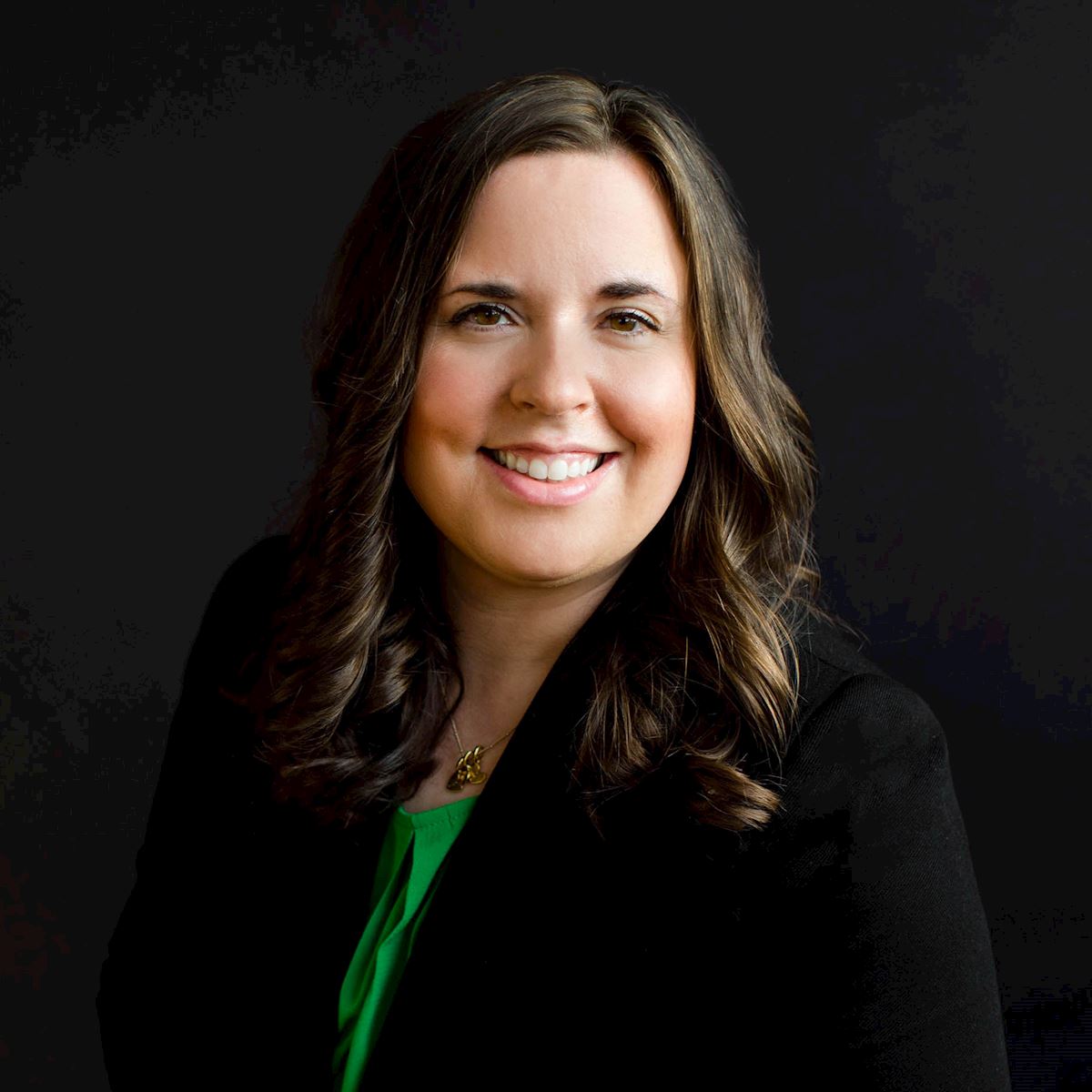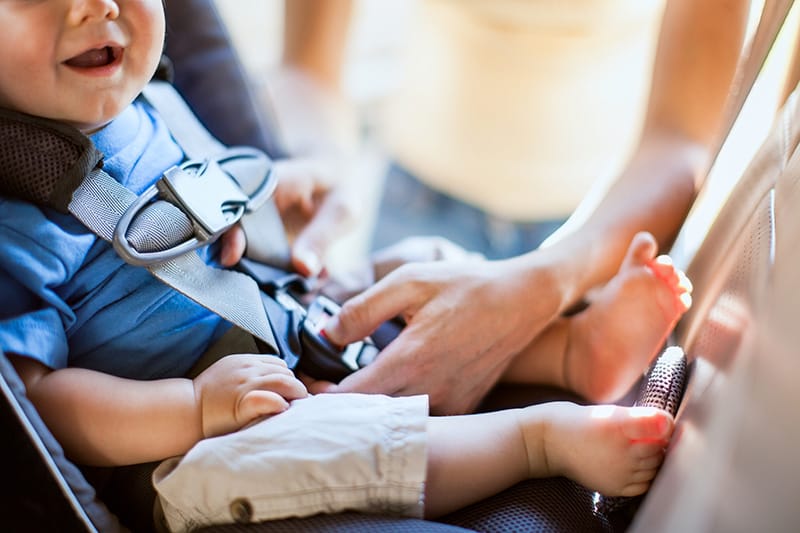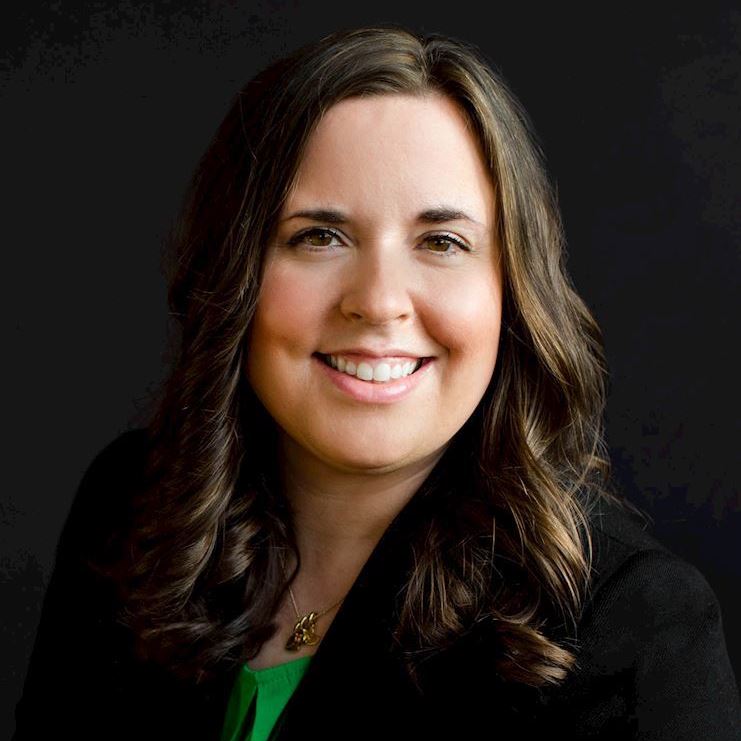Car seats are one of the greatest advancements in child safety. But they're one of the biggest headaches for parents. Which one should I buy? How do I install it? How do I adjust it to properly secure my child? Everything about them can leave parents scratching their heads.
Iowa car seat laws add to the confusion. Iowa is one of the last remaining states with a child restraint device law that doesn't live up to the latest guidelines from the American Academy of Pediatrics.
So what's the law of the land in The Hawkeye State? The law currently on the books in Iowa requires:
- Children under the age of one and weighing less than 20 pounds must be secured in a rear-facing car seat.
- Kids aged one to six must be restrained in a car seat or booster seat used according to manufacturer's instructions.
- Children aged six to 11 must be secured in a child restraint system or by a seat belt.
That's not going far enough to protect your children, says Dr. Jessica Greenley, pediatrician at The Iowa Clinic's West Des Moines campus. Instead, you should follow the recommendations of pediatricians or download the pdf version.
1. Keep your kids rear-facing as long as possible.
"Pediatricians have been telling people for a really long time that rear-facing is the safest," Dr. Greenley says. "The AAP guidelines recommend keeping your child rear-facing until they reach the highest weight or height allowed by their car seat."
At one-year-old and 20 pounds, your child is still a baby. Even at two years old — an old AAP recommendation — it's safer to keep your kid rear-facing. There's simply more protection in the event of a crash.
"I tell parents it's like a baseball glove. In a rear-facing position, your child is kind of cradled within that glove," Dr. Greenley says. "Being backward, the car seat really absorbs a lot of the force from the impact, protecting the spine, head and neck a lot more than facing forward."
For children and adults, facing forward in a moving vehicle is dangerous. Restraints can hold back your shoulders and upper body, but your head is still going to launch forward on impact. It's that force on the head and spine that's especially concerning in children, whose heads are disproportionate to their bodies.
"But my child's big for his age," you say. It doesn't matter, Dr. Greenley says. Larger children are actually more at risk for injury if you turn them around prematurely. Their bodies are bigger, their heads are bigger, but their spine, neck bones and ligaments still lack the strength to absorb the force of an impact.
Don't worry about cramped leg room, either. It might look uncomfortable, but children are contortionists — they're a lot more flexible than adults.
"It's okay for your kiddos' feet to touch the seat. It's not uncomfortable. Kids sit like pretzels all day and sleep in some really interesting positions," Dr. Greenley says. "There are rarely cases of rear-facing kids injuring their legs. Actually, there are more leg injuries found in forward-facing children because their legs swing forward and hit the driver or passenger seat."
It depends on the manufacturer, but most car seats have weight limits far exceeding the 20 pounds required by Iowa law — up to 35 and 40 pounds. Once your child exceeds the recommended weight limit for rear-facing, it's okay to turn them around.
2. Stick with the car seat as long as you can.
"As long as possible." That's the theme here. After you move your child into a forward-facing position, you want to heed those words. Again, follow the height and weight limits for your specific car seat, which can be 65 pounds or more.
"A lot of the convertible car seat weight limits are pretty high. Your kiddo can remain in a five-point harness, forward-facing for a long, long time. So if you have the option, we prefer you wait to move to a booster seat after they've outgrown that harness weight," says Dr. Greenley.
3. Move to a booster seat only after exceeding car seat limits.
Sixty-five pounds sounds like a lot to squeeze into a car seat. But passenger safety has changed a lot since you were a kid. Once your child hits that magic number, you can finally ditch the car seat and buy a booster.
The three-point seat belt is not designed for children. A booster seat raises them higher so that a seat belt can fit them properly and securely. Another point of confusion: graduation from a booster seat depends on your child's height, not weight.
"With booster seats, your kids need to be in those until they're about four foot nine. For a lot of kids, that's a long, long time," Dr. Greenley says. "A lot of parents say, ‘You know, I would've been in a booster seat until eighth grade!' I would've been, too. I'm only five foot two."
Some children might not reach four foot nine until they're 12 years old — or even later. It can be difficult to convince a child that age that they need to remain in a booster if their friends are no longer in them. But remember, this is about safety.
"We always want kids to stay in each stage as long as they can. The first stage, rear-facing is the safest. You lose a little bit of safety the further you get through the stages."
4. Keep your children buckled up in the back seat.
The AAP recommends all children stay in the back seat until they become teenagers. Even if your child is big enough to fit safely in a seat belt without a booster seat, the passenger seat still presents dangers. In an accident, the airbag can seriously injure your child.
For the best protection, buckle your kids in the back of the car using a lap and shoulder belt. Lap belts, often found in the middle of a bench seat or in all seats of older vehicles, do not protect the upper body from lurching forward in the event of an accident.
5. Only place your child — and your child alone — in a car seat.
Traveling with children isn't always easy. They don't sit peacefully in their seat until you reach your destination. And when Iowa winters bring bone-chilling temps, your kids are bundled up in extra layers that don't fit as well into the harnesses. But nothing else should go into a car seat along with your child, Dr. Greenley says. No coats, no toys. Nothing.
"Don't put anything else in the car seat. That's something I see frequently, especially in winter. Anything that interferes with the actual use of the car seat or adjustment of the straps is dangerous."
Less is more. For maximum safety, Dr. Greenley advises against:
- Warming seat covers – Typically made for infants, some car seat covers go underneath the straps. But you don't want anything in between the strap and your child. Use covers that go overtop of the car seat instead.
- Puffy winter coats – Yes, you should dress your child for the weather. But do it in layers. Remove puffy coats and keep them warm with a light fleece jacket. Cover them with a blanket or their winter coat after they are buckled in. Thick or puffy coats compress down but add extra room under the harness, meaning your child isn't securely restrained in the car seat. The chest clip of the five-point harness needs to fit snugly on the chest, just beneath the armpits,
- Toys – Keeping kids entertained is necessary for everyone riding in the car. Toys just aren't the way to do it. In a crash, a toy dangling from the car seat or sitting loosely in it can turn into a projectile and injure your child. Try out games to pass the time instead. For younger children, sit in the back with them to keep them happy and engaged.
"Car seat safety can be really confusing. It's just a lot of stuff to know. Every car seat's a little bit different. It'd be nice if everything was standard," Dr. Greenley says. "But there are very few things you can purchase to potentially save your child's life, and a car seat is one of them. So if you can do the safest thing and you know that it can save your child's life, then you do it."
Car Seat FAQ
The best car seat is the seat that fits your child's age and weight, fits well into your vehicle and can be used properly every trip. All car seats on the retail market must pass the same Federal Motor Vehicle Safety Standards.
If you only have one car seat to install in your vehicle, we recommend putting the car seat in the center of the back seat. The center of the back seat is the furthest away from any collision point.
Lap belts work fine to install an infant-only seat, a convertible seat and a forward-facing with harness seat, but can't be used with a booster seat. If your car only has lap belts, use a forward-facing car safety seat with harness and higher weight limit (greater than 40 pounds).
Yes, car seats do expire. Seat manufacturers will stamp a date on the shell of their products stating not to use after a certain date. Additionally, a car seat should be replaced after a moderate or severe accident. The car seat may have experienced internal damage that you cannot see.
Per Iowa laws, your child must ride in a booster seat until their sixth birthday. However, it is more about the child's fit in the vehicle seat. Your child should be able to:
- Sit all the way back in the vehicle seat
- Have their knees bent over the edge of the seat
- Have their feet touching the floor
- Have the shoulder belt cross the shoulder bone, not the neck or face
- Have the lap belt cross the hip bones and upper thigh area, not the tummy
All children 12 years of age and under should ride in the back seat of a vehicle.


